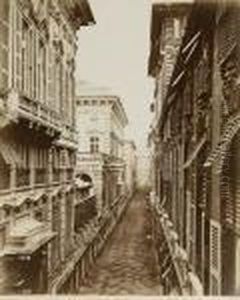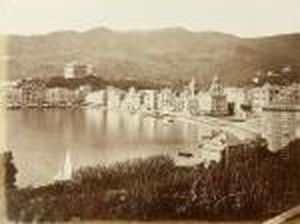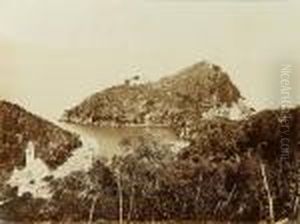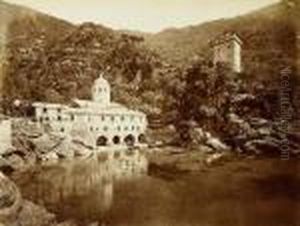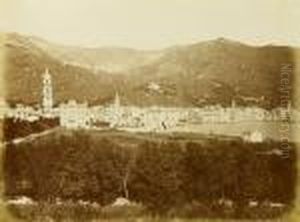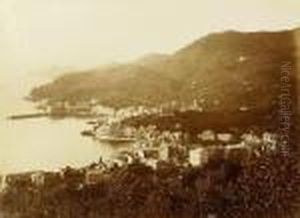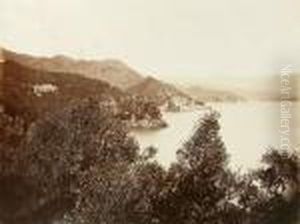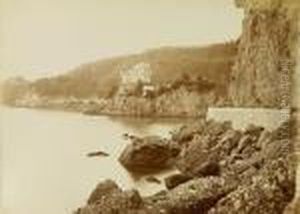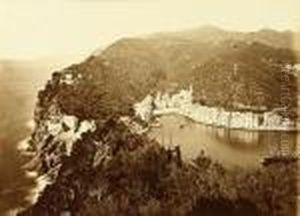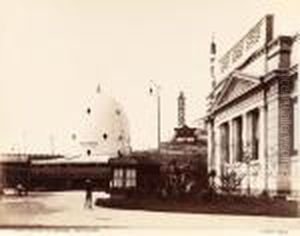Alfred Noack Paintings
Alfred Noack was a notable photographer of the 19th century, born in Frankfurt am Main, Germany, in 1833. He is particularly remembered for his work in Italy, where he moved in the mid-1850s, settling in Genoa. Noack was part of the early photography movement in Europe and quickly established himself as a prominent landscape and architectural photographer.
Noack's photography was characterized by its attention to composition, light, and detail. His choice of subjects ranged from urban scenes to natural landscapes, capturing the essence of the Italian environment and its rich historical architecture. He also photographed local people and their customs, providing a valuable record of the cultural life of the period.
Not much is known about Noack's early life or training in photography. However, his work soon gained recognition for its artistic quality and technical proficiency. He became a member of the Società Promotrice delle Belle Arti and participated in exhibitions, where his photographs were displayed alongside paintings and sculptures, highlighting the growing acceptance of photography as an art form during that period.
Noack's photographs were not only appreciated for their aesthetic value but also for their documentary significance. They served as a resource for historians and art historians, offering insights into the urban and rural landscapes of 19th-century Italy. His images of landmarks, such as the palaces of Genoa and the ruins of Pompeii, have become historical documents of those sites as they appeared in his lifetime.
Despite his contributions to the field of photography, Alfred Noack's life and work have not been as extensively documented as some of his contemporaries. He died in Genoa in 1895, leaving behind a legacy that has been appreciated by subsequent generations of photographers and historians. His works continue to be studied and exhibited, highlighting the lasting impact of his photographic journey through Italy.
